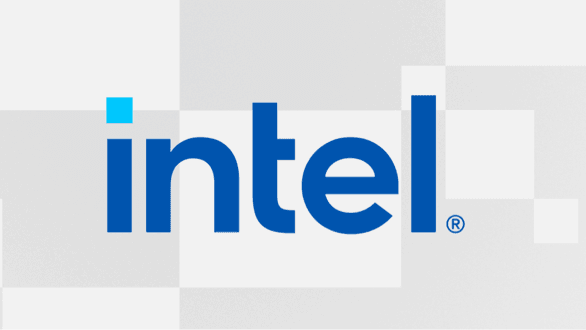- Joined
- Nov 22, 2023
- Messages
- 635 (1.13/day)
From that link, Secure Boot isn't required. I can confirm the same on my main system with a 6800xt, B550 board, and Win10.Other than it not working when I've tried it? No. But there is this;

What Is Resizable BAR and How Do I Enable It?
Explains what is Resizable BAR, how to enable it, and describes how it can impact performance.www.intel.com
To enable Resizable BAR:
- Enter the system’s BIOS/UEFI firmware configuration menu by pressing the DEL key during system start up. This key may vary between each system manufacturer, please check with your system manufacturer for specific instructions as necessary.
- Compatibility Support Module (CSM) or Legacy Mode must be disabled and UEFI boot mode must be Enabled.
- Ensure the following settings are set to Enabled (or Auto if the Enabled option is not present):
Above 4G Decoding
Re-Size BAR Support
- Use the Intel® Driver and Support Assistant (Intel DSA) to confirm that Resizable BAR is enabled on your system.
You would be wrong, or so says microsoft;
https://answers.microsoft.com/en-us...size-bar/9eb1f448-830f-4645-81e9-ba8ac2b635d8
I tested this. Enabling Secureboot allows Rebar to work. Disabling it disables both.
So yeah, deal breaker for me.
Thus my hope that future ARC cards perform well without Rebar.
-Miceosoft demands secure boot for Win11. Its not inherently a Rebar requirement.




 . Joking aside I think this thread may be useful down the line when users have odd issues as to when secureboot and rebar do/do not not play nicely together.
. Joking aside I think this thread may be useful down the line when users have odd issues as to when secureboot and rebar do/do not not play nicely together.
